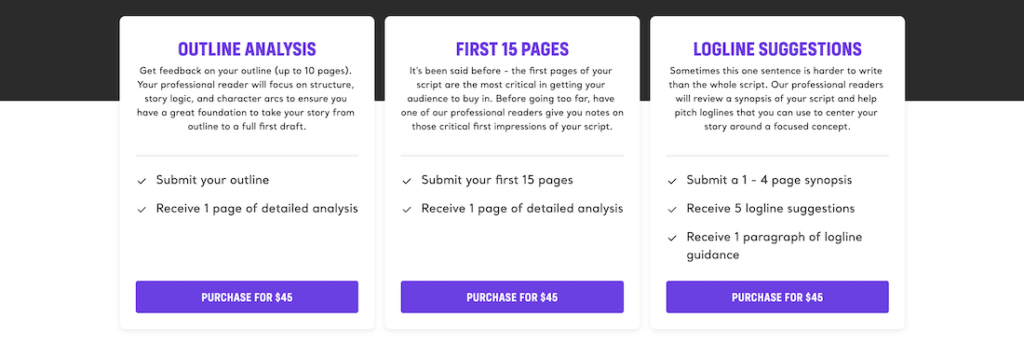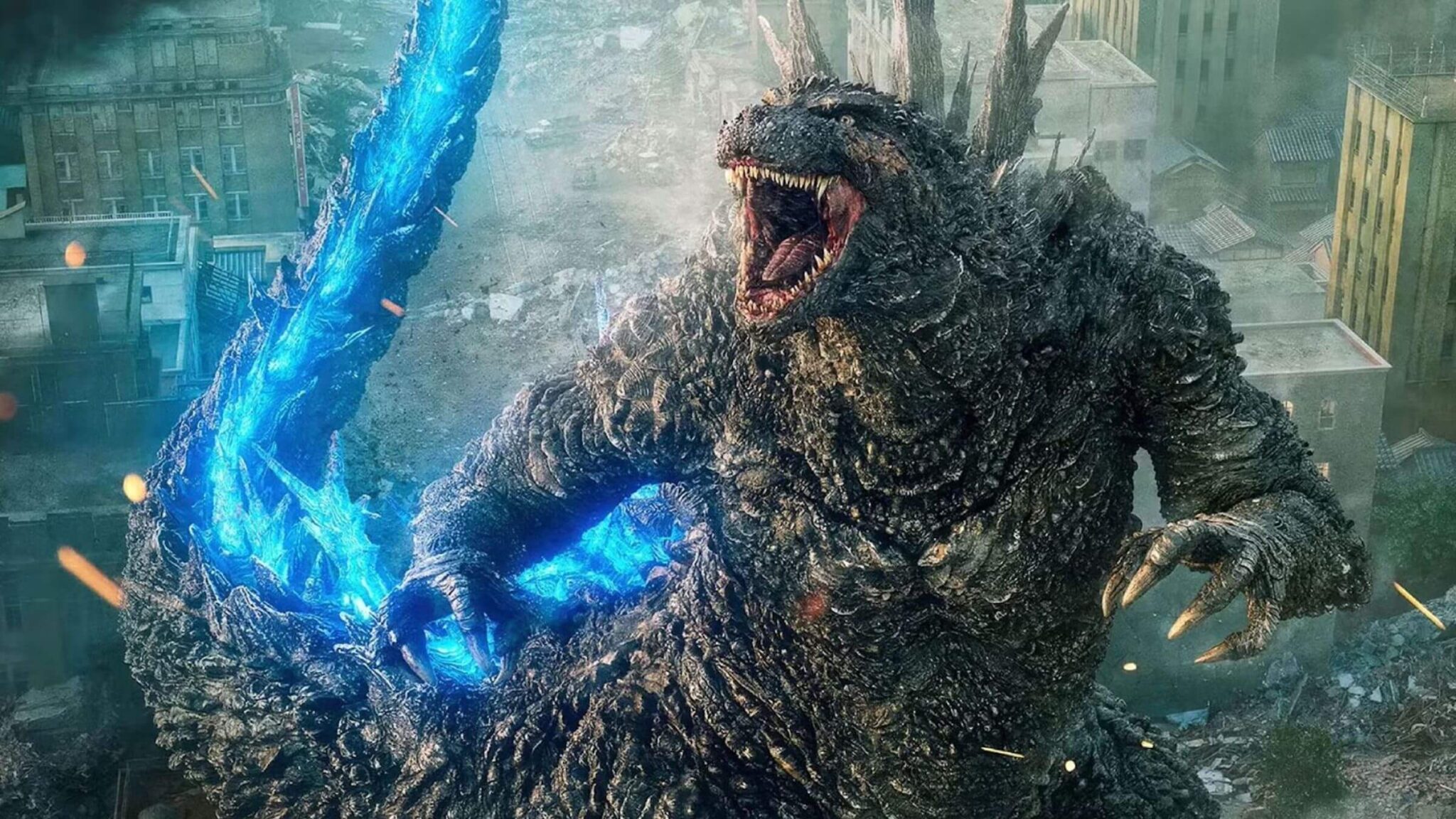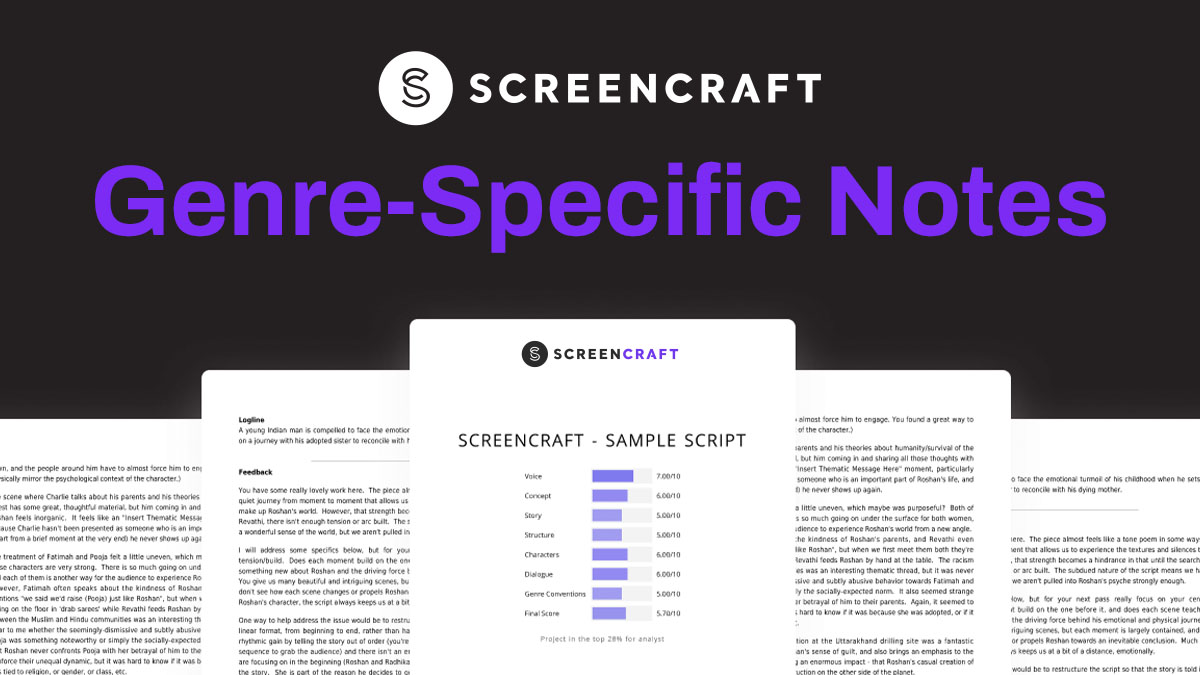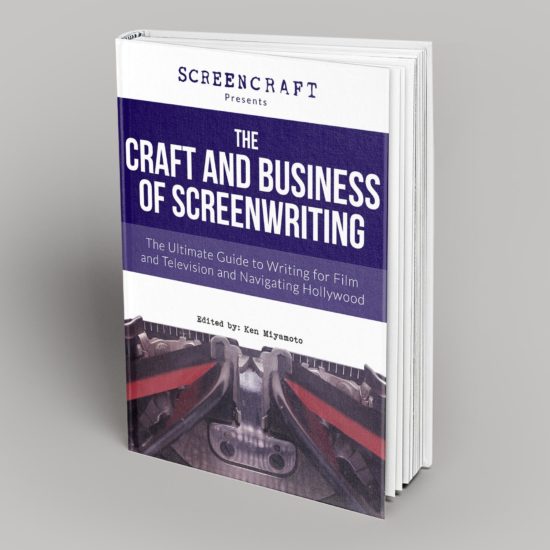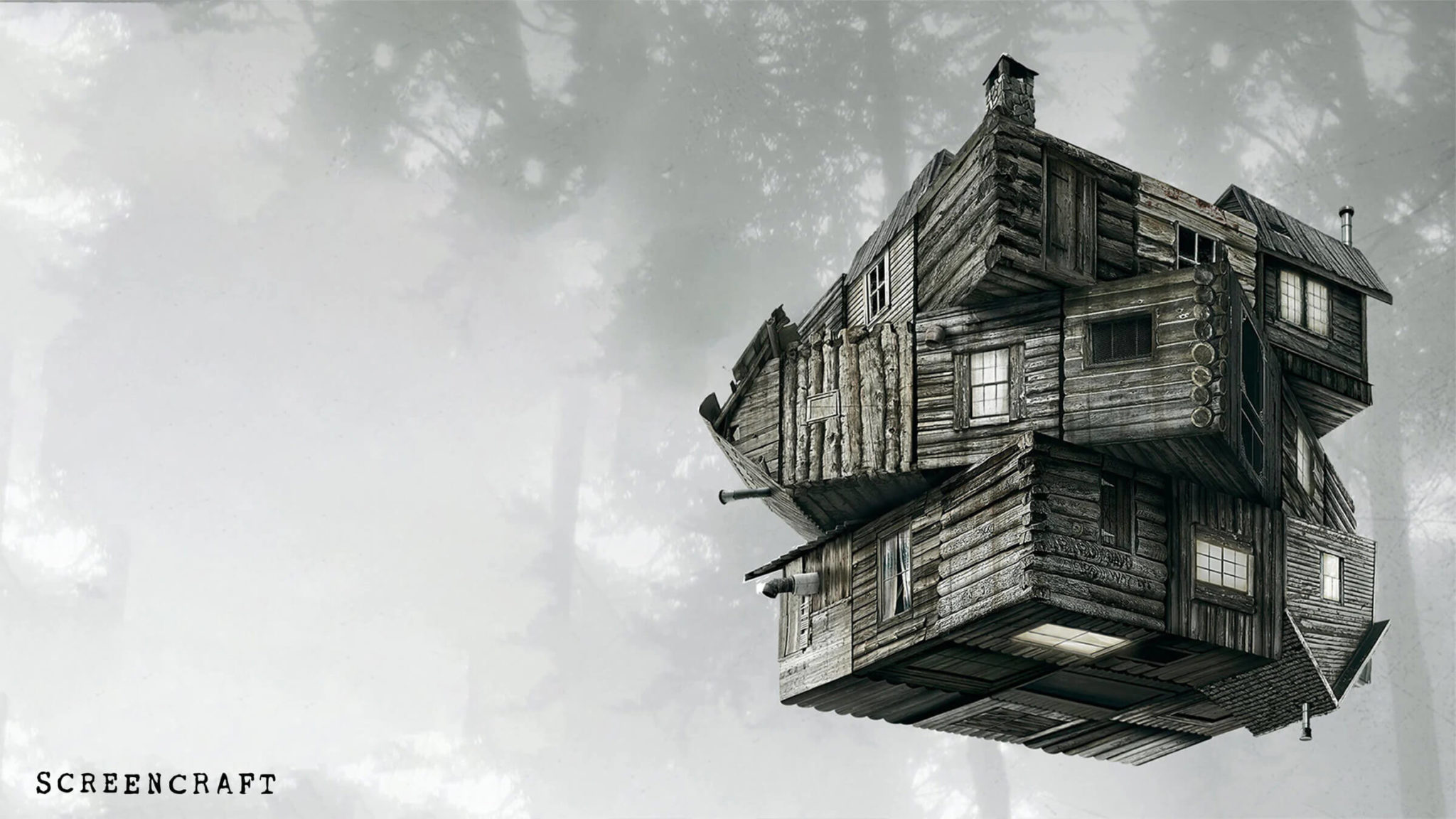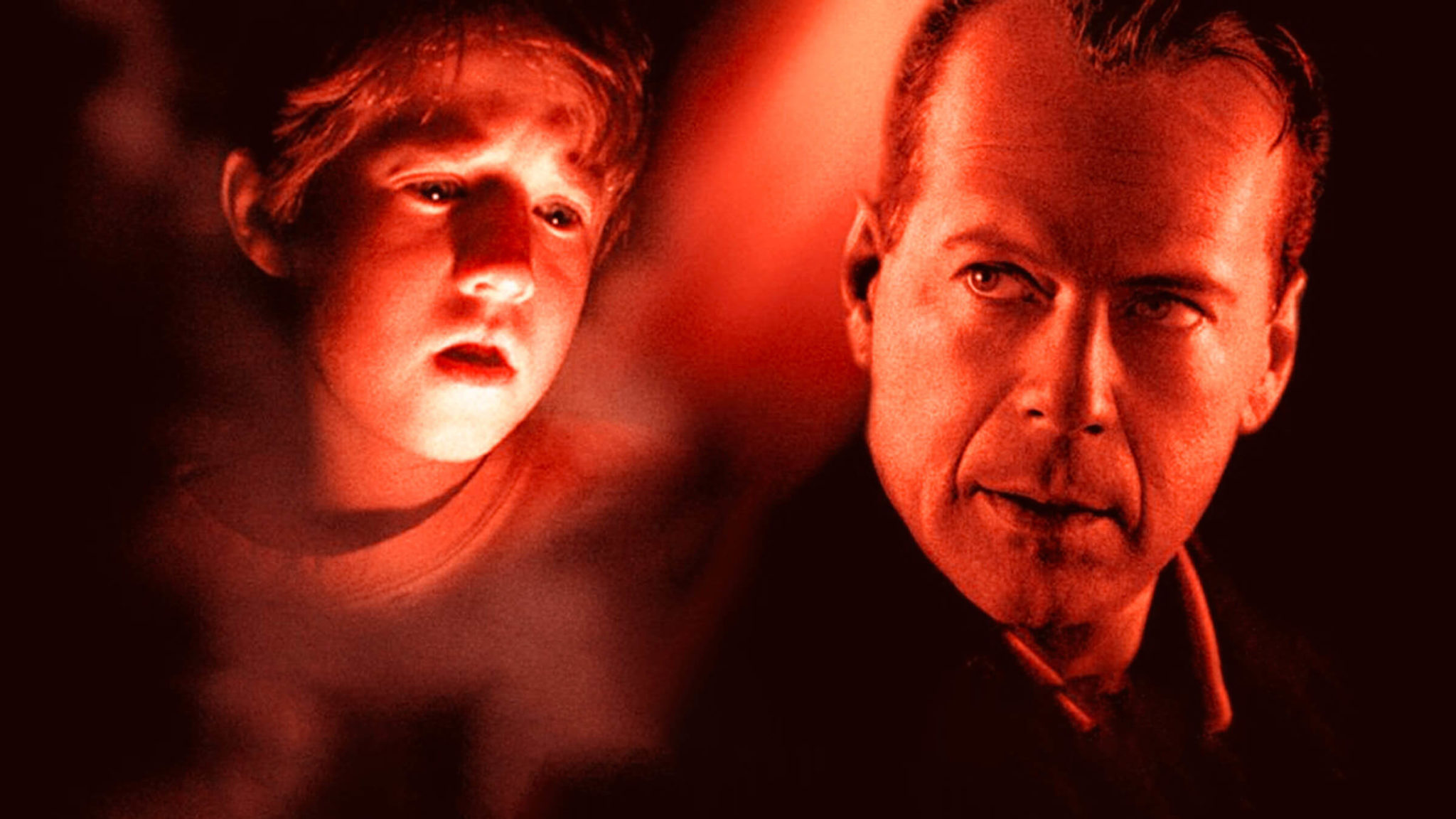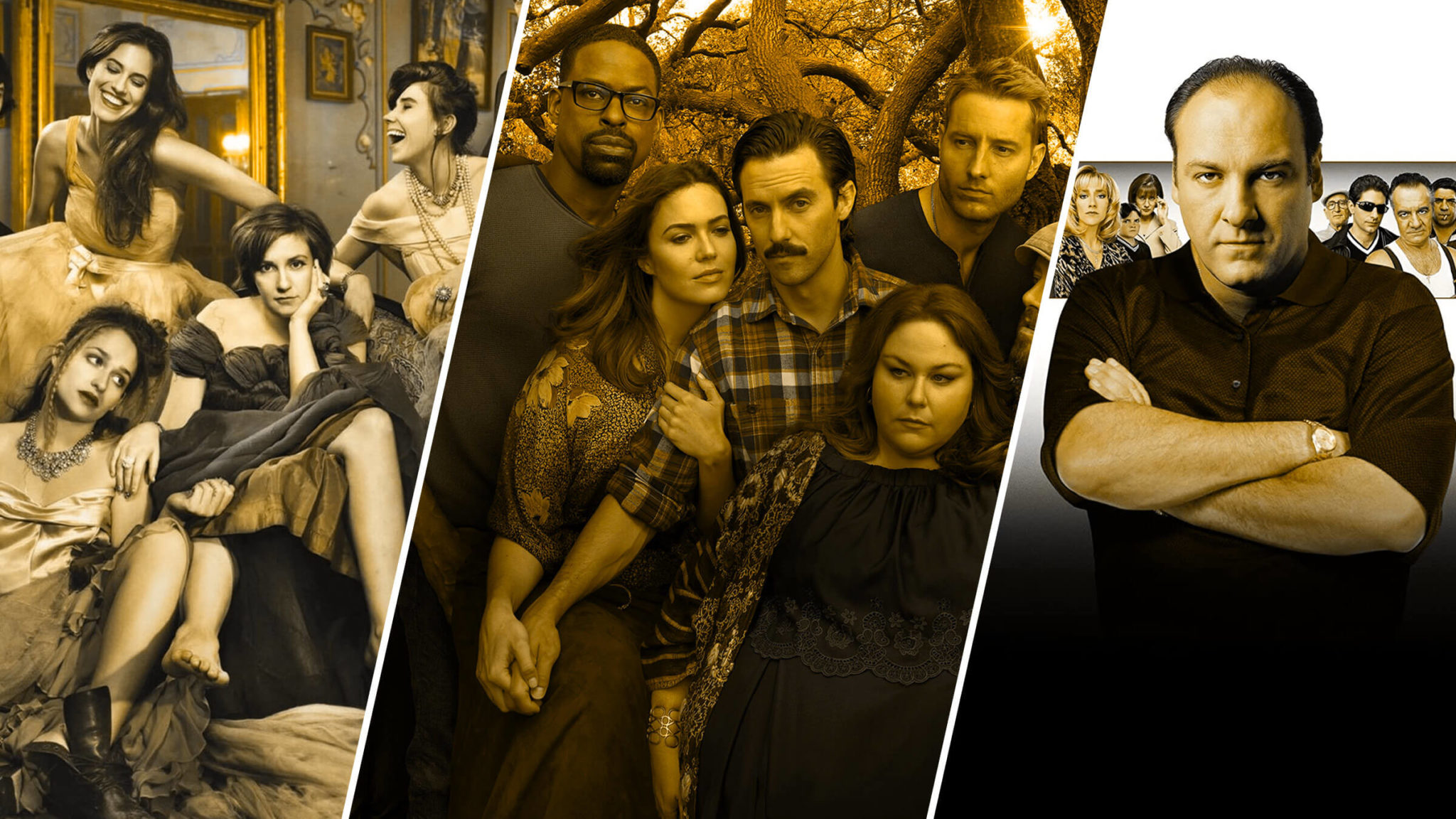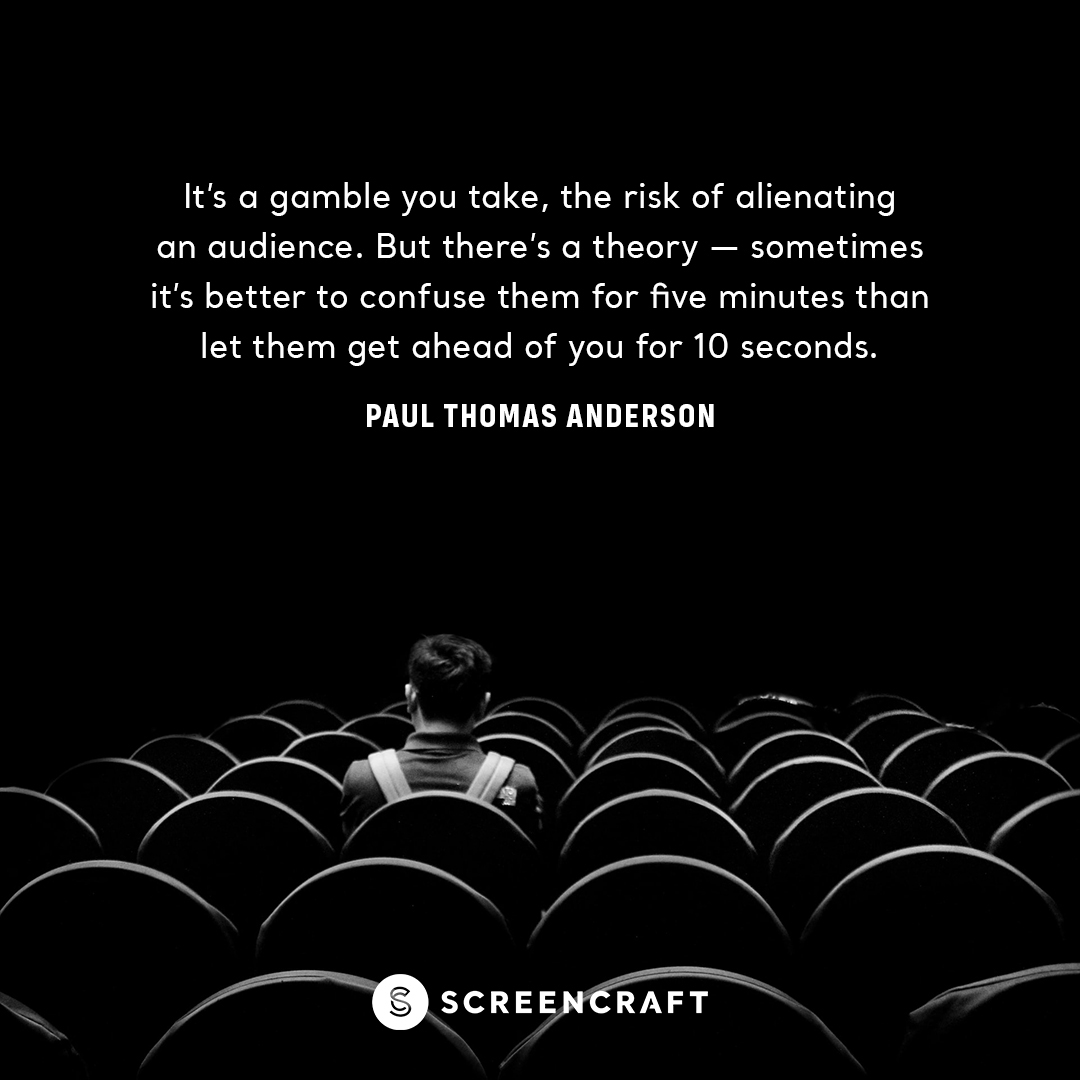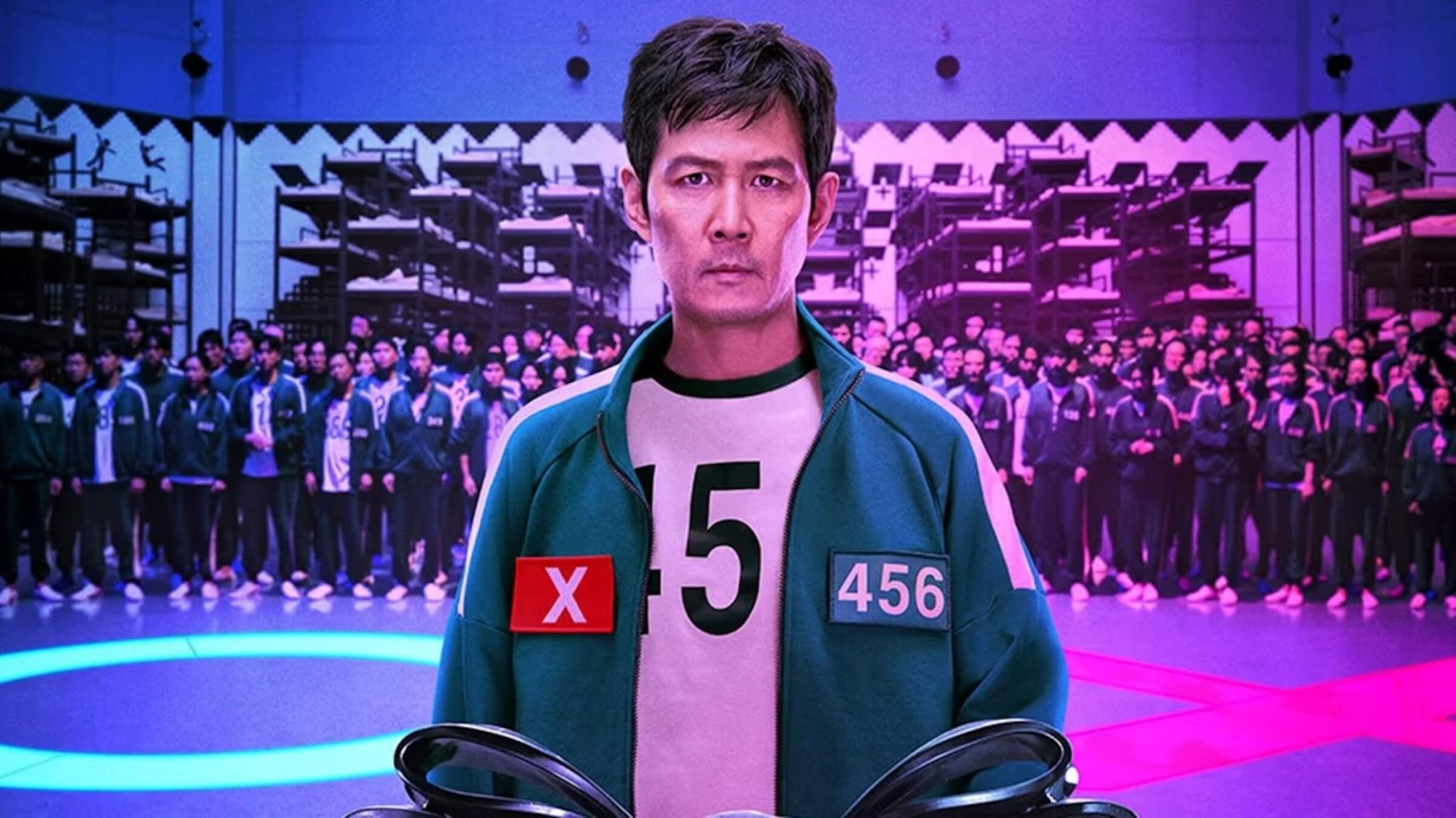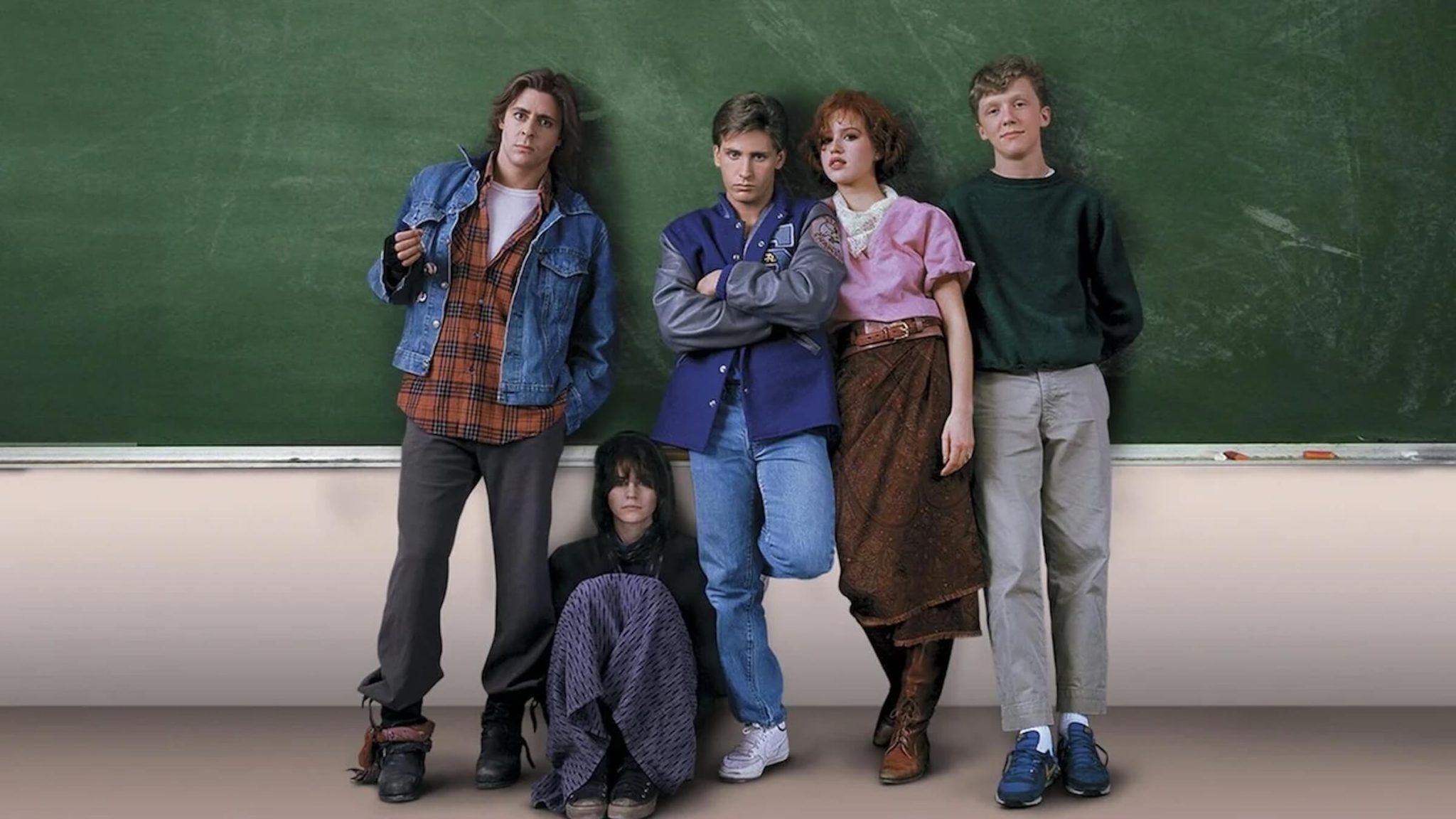A Writer's Guide to Balancing Artistic Vision and Commercial Appeal

Movies and television series are business-driven at the end of the day. They exist to create financial gain for investors, financiers, and stockholders. That's the hard truth that writers, filmmakers, and actors need to contend with on a daily basis in Hollywood (and all other film/TV industries around the world). However, within the profit-driven directives lie another inescapable fact—cinematic storytelling is an art form that requires artistic vision.
Filmmaking and episodic storytelling are art forms that evolved from the poetry and theater of our ancestors—artistic expressions that were designed to touch the soul and spirit. In today's world, the art form of storytelling has become a lucrative business. But it's interesting to note that it has become a business become artistic expression is one of humanity's greatest need and want.
Why Do We Feel the Need to Be Artistic?
Neuroscientific studies have shown that engaging with art activates various regions of our brains, specifically related to:
- Perception
- Emotion
- Memory
- Reward
Art can stimulate cognitive flexibility, imagination, and empathy, offering a unique way for individuals to process and communicate their thoughts and emotions.
We use art to express our feelings, communicate our viewpoints, reflect on our surroundings, interpret society, offer commentary, critique and question, document and preserve history, provide therapy and emotional catharsis, showcase our identity and culture, and offer entertainment and escapism from the harsh realities of the world we live in.
Art forms like painting, dance, music, acting, filmmaking, and writing allow us to portray and ponder our diverse world, and the many cultures within.
Without artistic vision being a part of our society, we would be living in a world of pure compliance and consumerism. Art forms and artistic expression throw a hammer through the compliance and consumerism of profit-driven ventures.
Why Do Movies and TV Series Need to Be Business-Driven?
Film and TV productions cost money to produce. Artistic expression isn't enough. You need money to pay for the means to develop, produce, and distribute the artistic vision that humanity craves.
And the many industries that support the creation of these visions need to turn a profit to keep doing so. To turn a profit, they need the audience to pay for tickets, streaming services, and ads. And to increase the odds of making lucrative profits to stay in business, they need to give audiences what they crave the most.
How does Hollywood know what audiences want?
- Box office receipts
- Viewership numbers
- Downloads
- Purchases
That's why we have multiverse franchises, nearing a dozen The Fast and Furious and Marvel movies, endless Star Wars content on big and small screens, sequels, prequels, reboots, remakes, and roller coaster tent pole movies with big explosions, laughs, and action.
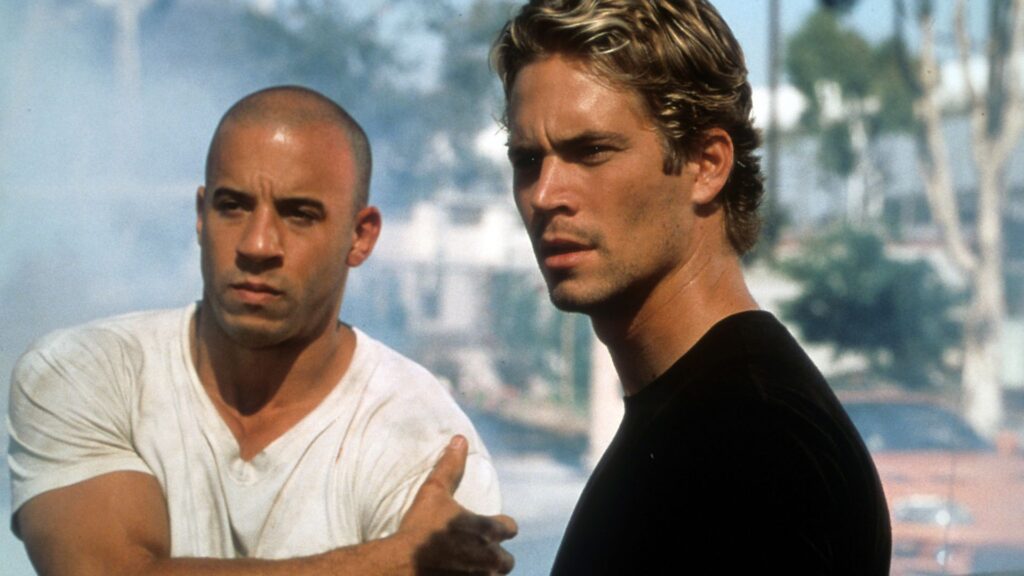
'The Fast and the Furious'
Studios, networks, and streamers provide the seemingly unending conveyor belt of the same (or similar) product because audiences enjoy the entertainment and escapism.
Yet within those ongoing trends, audiences also seek out a different familiar in what they consume. Artistic expression is only one side of the artistic needs and wants of humanity. Artistic consumption is a far more familiar way of experiencing an artistic vision. Not everyone can or wants to be an artist, dancer, musician, actor, director, or writer. Yet everyone wants to experience artistic vision that either conveys what they are familiar with or enjoy, or what they have yet to discover and now find engaging.
The best movies and TV series find that perfect balance between artistic vision/expression and commercial viability. And applying artistry to commercially viable projects is a fun hack to express yourself and "trick" the industry into greenlighting otherwise commercially sound properties.

3 Ways to Balance Artistic Vision with Commercial Viability in Your Scripts
1. Know the Market
Trends come and go. Unless you're embedded within the Hollywood system and can get a project developed, written, sold, and released with ease, by the time your trend-inspired script hits the open script market, it will be viewed as an old relic after studios, networks, streaming, and the audiencehave moved on.
However, knowing the film and television market is key to being able to attach your artistic vision to a commercially viable project. Nobody is going to read any script you have that doesn't have a hint of commercial viability. So it's key to know what types of stories are not just trends, but continual performers that stand the test of time.
Examples include:
- Horror movies: They are cheap to produce and audiences always love a good scare.
- Contained thrillers: They are cheap to produce with single or few locations, and audiences love a good thrill ride.
- TV shows that showcase a particular world: Audiences love to learn about new places, people, and industries.
- TV shows that center around a unique set of characters: Audience love to peek into the lives of unique characters.
Read More: The Two Elements that Create a Buzzworthy TV Pilot
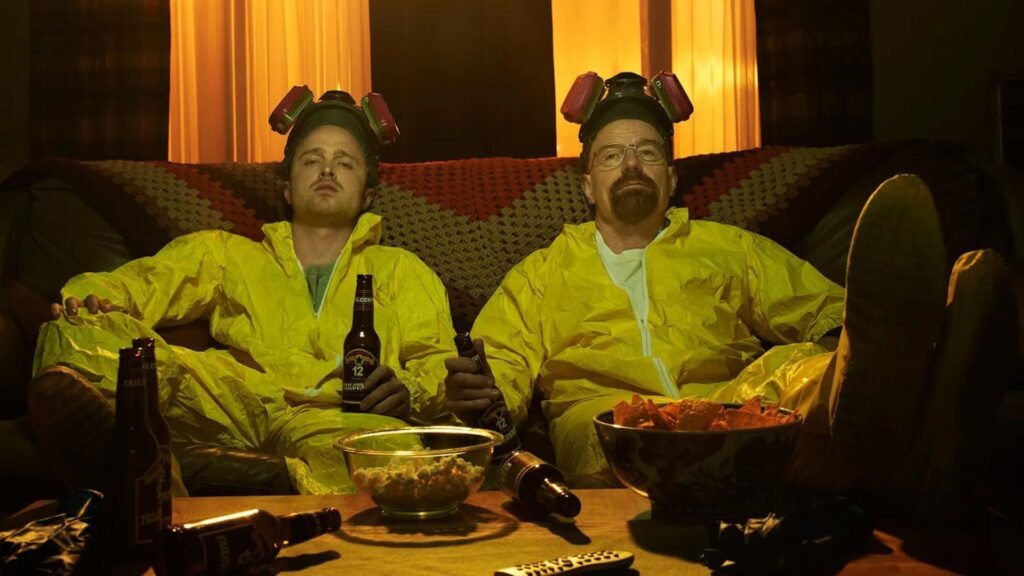
'Breaking Bad'
Do your homework. Pay attention to what movies and shows are being celebrated in pop culture. Pay particular attention to those that are hugely successful and spawning multiple franchise opportunities.
Yellowstone is a perfect example. The series followed the tried and true buzz-worthy directives of creating a series that centers on a unique world (The Sopranos-like world set in Montana ranching locations) and unique characters. The success of that series led to prequel limited series like 1883 and 1923—with more to come.
That's not to say you should be going out and writing a pilot about ranching and the mafia-like dynamics within. That's been done already. But if you know the market, you can see that audiences are responding to unique worlds and characters. And with our Sopranos comparison, you can see that it's a trend that continues to deliver.
Know the market. Know what studios, networks, and streamers want. And if you don't know what they want, just keep a watch out for what they keep producing—projects that audiences love.
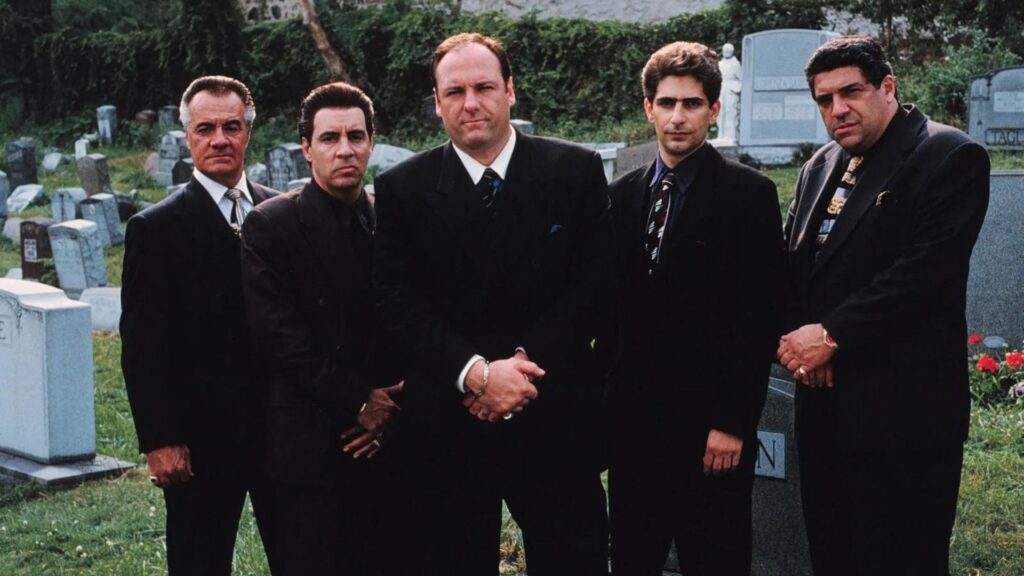
'The Sopranos'
2. Identify the Artistic Vision You Want to Convey
What types of stories match what you want to express artistically?
- Do you want to touch on social and cultural issues?
- Do you want to document historical stories that haven't been properly shared?
- Do you want to reflect on your social and economic environment?
- Do you want to express your feelings about political subjects?
- Do you want to focus on more universal themes that all can identify with?
When you know what you want to say and show, the easier it will be to apply that to commercially viable projects that you choose to develop and write.
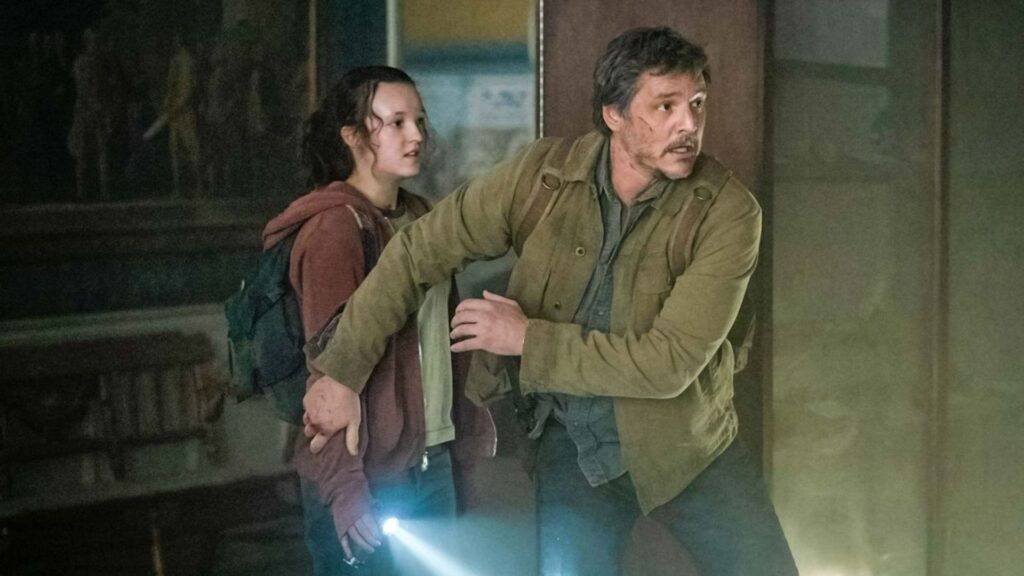
'The Last of Us'
3. Study Commercial Films/Shows and Find the Artistry
It would be naive to think that all big studio movies and network shows have deep and unique artistic vision, but it would be just as naive to think that most do not.
James Mangold's Logan is a perfect example. He wrote and directed a film set within a huge studio franchise (X-Men), and the third movie focused on one of comic's and cinema's greatest characters (Wolverine/Logan). There are action sequences, special effects, explosions, fight scenes, and genre tropes.
But within those commercial dynamics lies heartfelt stories about father figures (Professor Xavier's father figure to Logan and Logan's father figure to Laura) and growing old (Professor X dealing with dementia and Logan dealing with his formerly regenerative body failing him slowly).
Mangold achieved the same type of artistry in Indiana Jones and the Dial of Destiny by including Indy's own struggles with age and perceived irrelevance.
You could even take a character like Rambo and find the artistic vision in the character depth (bear with me) of this reluctant warrior as he deals with PTSD and the horrible treatment of Vietnam Veterans (First Blood), the expendable nature of Special Forces and Vietnam Veterans/POWs (Rambo: First Blood Part II), the then-politically-charged story of the Russian invasion of Afghanistan (Rambo III), the hostilities and brutality of the war in Burma (First Blood), and even sex trafficking in the final Rambo film, Rambo: Last Blood.
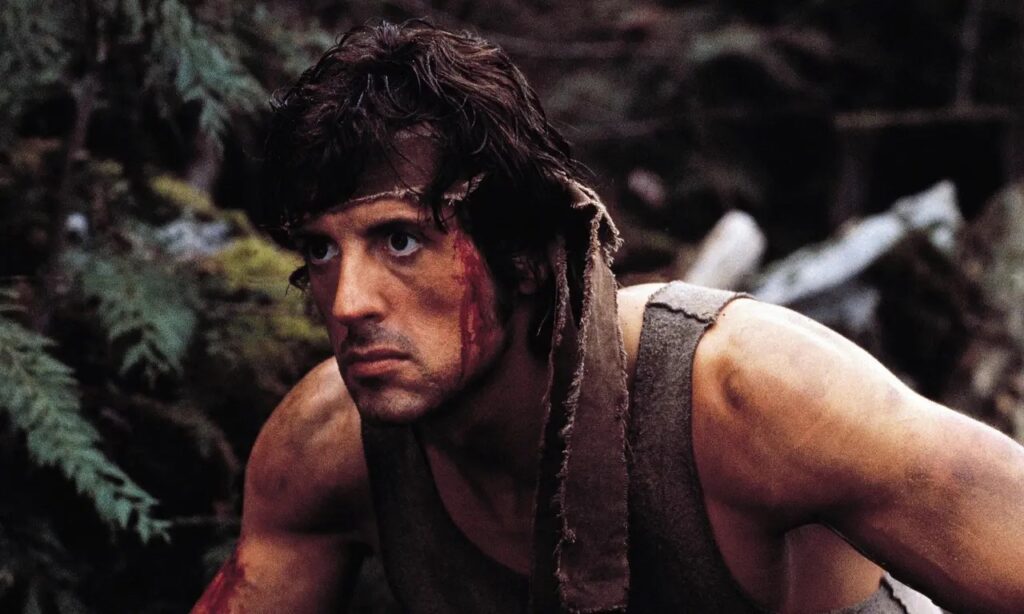
'First Blood'
These are proof that you can inject artistic vision and expression into nearly any type of commercially viable film or series.
- The Sopranos was never just about gangsters. It was about mental health, fatherhood, and existentialism.
- The Last of Us isn't about zombies and the apocalypse. It is about family, fatherhood, and finding humanity in an inhumane world.
- Ted Lasso isn't about soccer. It's about friendship, mental health, and how to make the world a better place, you need to let go of cynicism.
Study movies and shows to find those artistic expressions. When you do find them, you'll see plenty of ways to inject your artistic vision into projects that attract attention from executives.
Through Character Arcs
You can showcase your artistic vision by creating characters with depth and engaging arcs.
Through Worlds
You can set your characters into worlds (fictional or non-fiction) that express a viewpoint, theme, truth, or commentary.
Through Stories and Plot Points
You can inject artistic expressions in your stories and plot points that touch on the artistic expression you'd like to convey, share, and pinpoint.
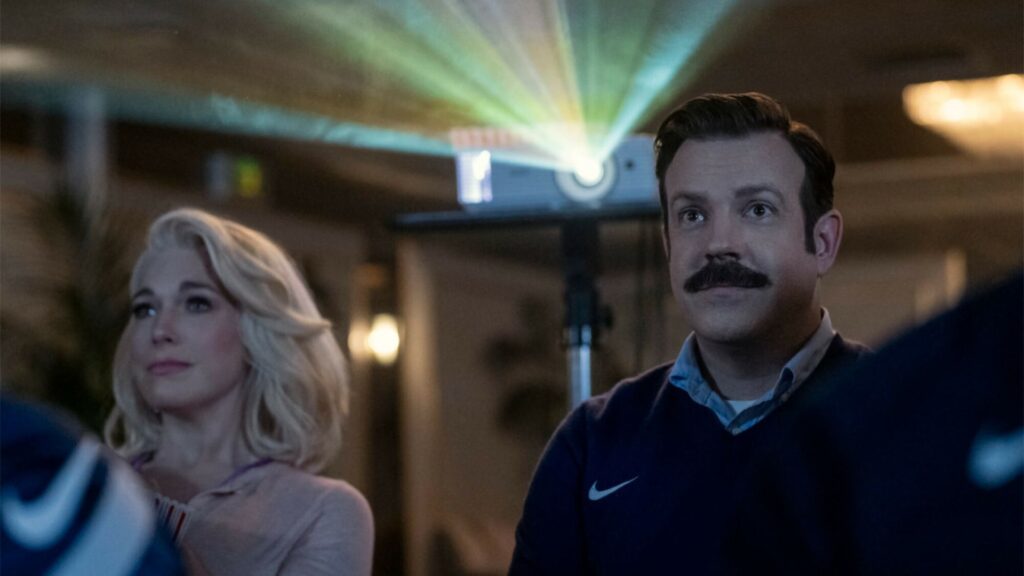
'Ted Lasso'
---
It doesn't matter if you're writing a commercially viable studio tentpole, terrifying horror flick, or a formulaic rom-com. It's up to you to find ways to inject your artistic vision, and balance it with the commercial needs of studios, networks, and streamers. Doing so only enhances the script in the eyes of the powers that be in Hollywood, as well as the audience that is ready, willing, and waiting for that perfect balance.
Read More: 5 Trademarks of Zack Snyder Movies
Ken Miyamoto has worked in the film industry for nearly two decades, most notably as a studio liaison for Sony Studios and then as a script reader and story analyst for Sony Pictures.
He has many studio meetings under his belt as a produced screenwriter, meeting with the likes of Sony, Dreamworks, Universal, Disney, and Warner Brothers, as well as many production and management companies. He has had a previous development deal with Lionsgate, as well as multiple writing assignments, including the produced miniseries BLACKOUT, starring Anne Heche, Sean Patrick Flanery, Billy Zane, James Brolin, Haylie Duff, Brian Bloom, Eric La Salle, and Bruce Boxleitner, the feature thriller HUNTER'S CREED, and many produced Lifetime thrillers. Follow Ken on Twitter @KenMovies and Instagram @KenMovies76.
CHECK OUT OUR PREPARATION NOTES SO YOU START YOUR STORY OFF ON THE RIGHT TRACK!
Tags
Get Our Screenwriting Newsletter!
Get weekly writing inspiration delivered to your inbox - including industry news, popular articles, and more!


